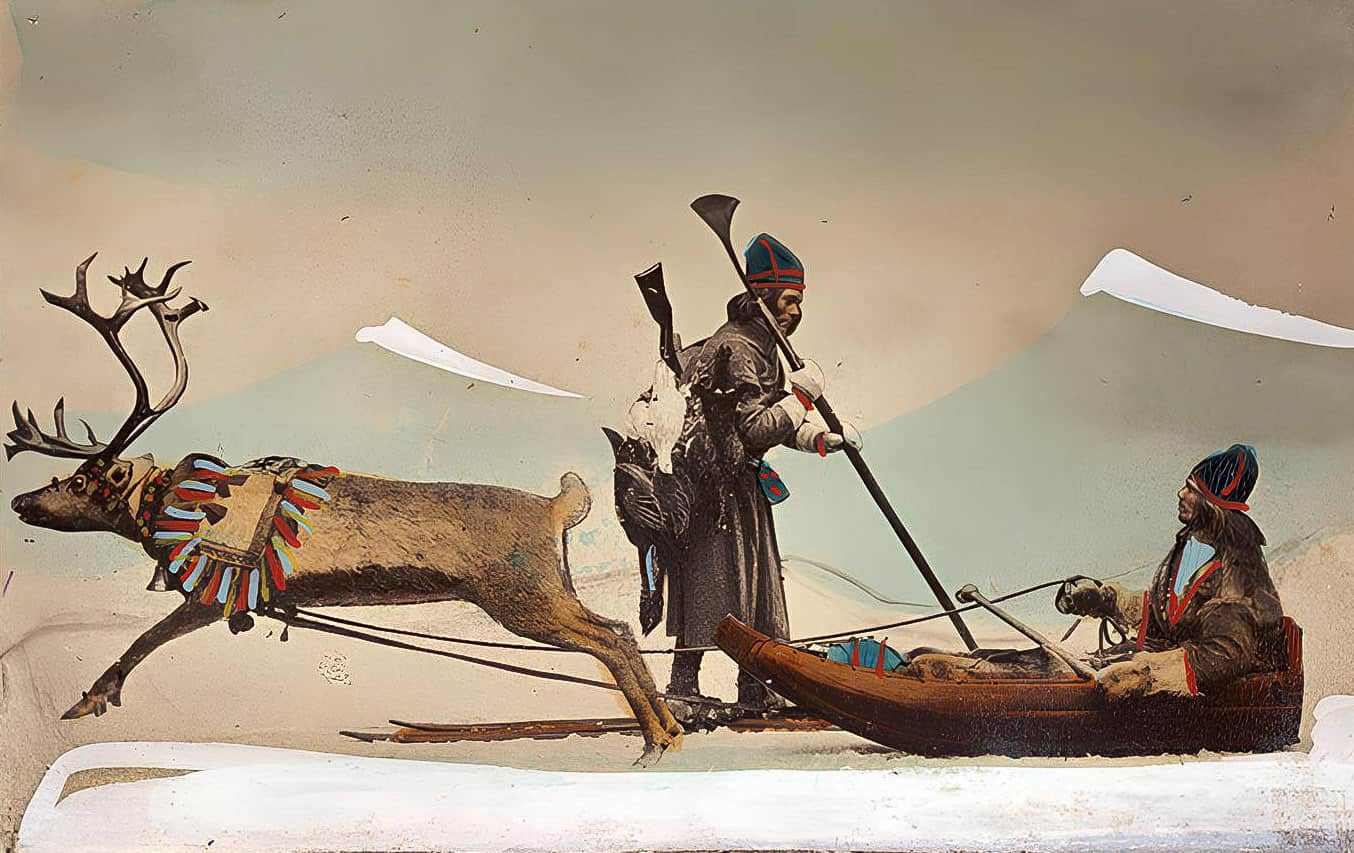Pulk is a kind of covered sled that Nordic people use to get from one place to another. “Pulk” is a loanword from the Finnish word “pulkka.” In turn, the term came from Sami, where it is pronounced “puhlke.” Russian and other languages have also acquired this term, which is pronounced “bolk” or “bolok.” Due to its Sami origin, it’s more right to say that pulk is the national sled of Sami.
The Use of Pulk
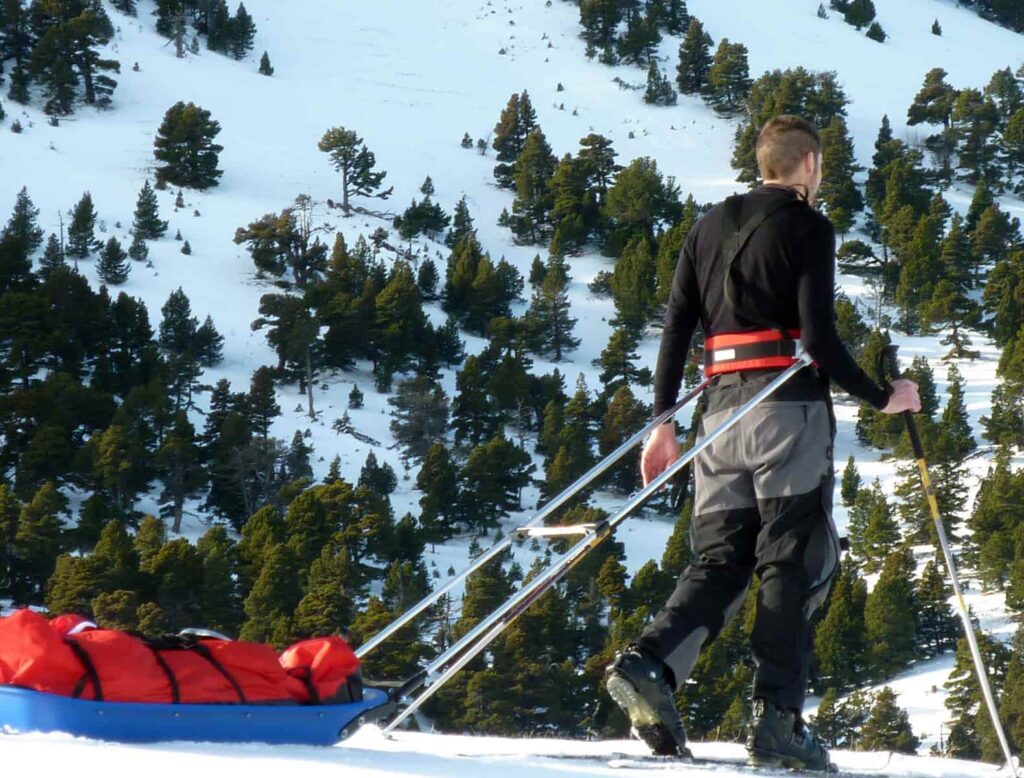
In sports and travel, a “pulk” is a lightweight sled that a person or animal (often a dog) may use to pull a small cargo. There are pulks for strolls and picnics, pulks for kids to ride, pulks for expeditions, tourist activities, and more. Rescue workers also make use of this device to move people and cargo to areas that are otherwise unreachable.
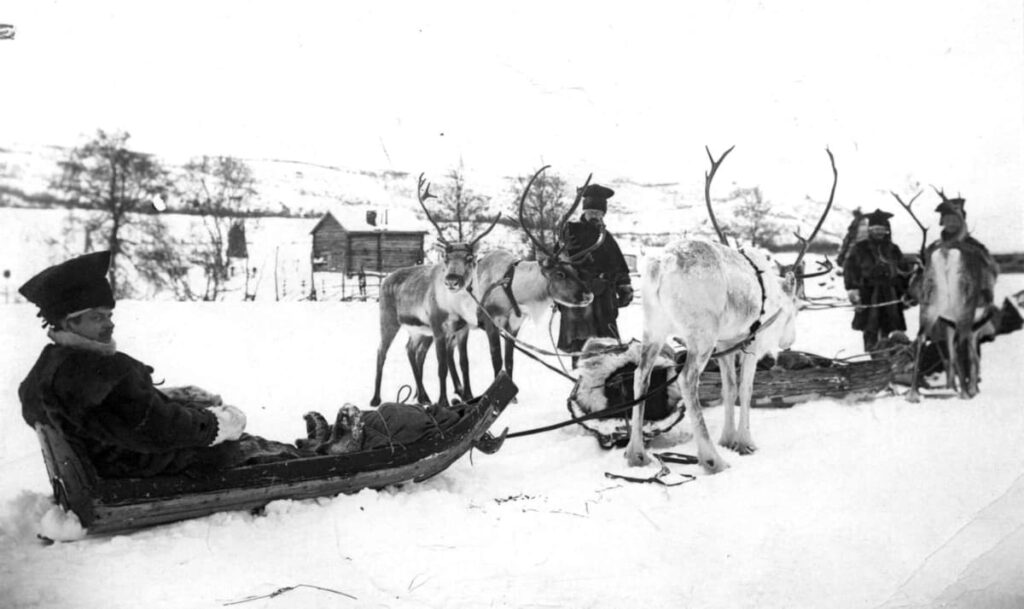
When traversing lengthy distances in snowy or icy terrain, mountain pulks are used to carry supplies and equipment. A pulk of this type is drawn along by use of traces or harnesses. Nordic people initially used the pulks for transporting goods, a tent and people, and they now fulfill a variety of tasks. Modern versions are made of plastic instead of the traditional wood.
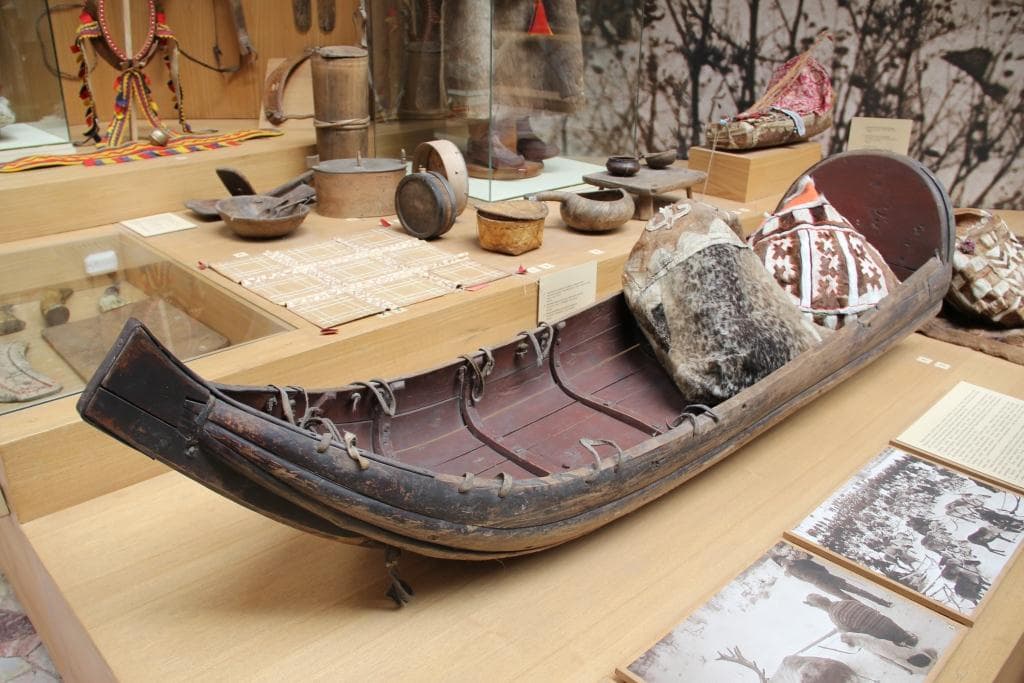
Two kinds of mountain pulks are usually brought up when Nordic people talk about them: “ahkio” and “toboggan.” These two types are separate; the first one originated with the Sami of northern Sweden, while the second one is associated with the Innu and Cree of northern Canada. The Segebaden pulk, with its boat-like hull, is the principal ahkio type, while the Rimfors pulk, with its equally broad bow and stern, is the most famous toboggan model.
In Finnish, all larger pulks are called “ahkio” and it is used for cargo transportation; the United States Army also uses this same name for a snow sled pulled by humans. The word comes from Old Norse “akjo”.
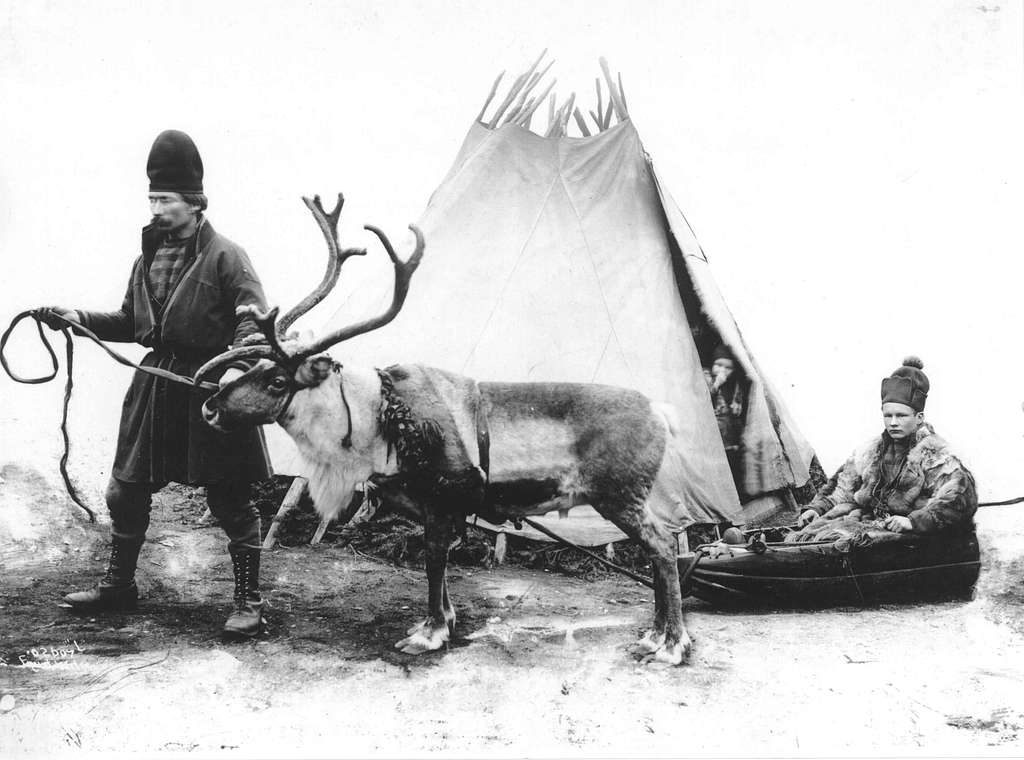
Finland’s longest toboggan run is located in Saariselkä, where a downhill pulk competition have been held since a long time. The hill is more than 3900 feet long.
Pulk as a Toy
When going skiing in Norway or Sweden, it is usual practice for parents to pull little children on pulks. For downhill skiing and snowboarding, pulks are a kid-friendly winter toy. These days, the word “pulk” is most often linked with plastic sleds and other winter outdoor toys in Finland and Sweden.
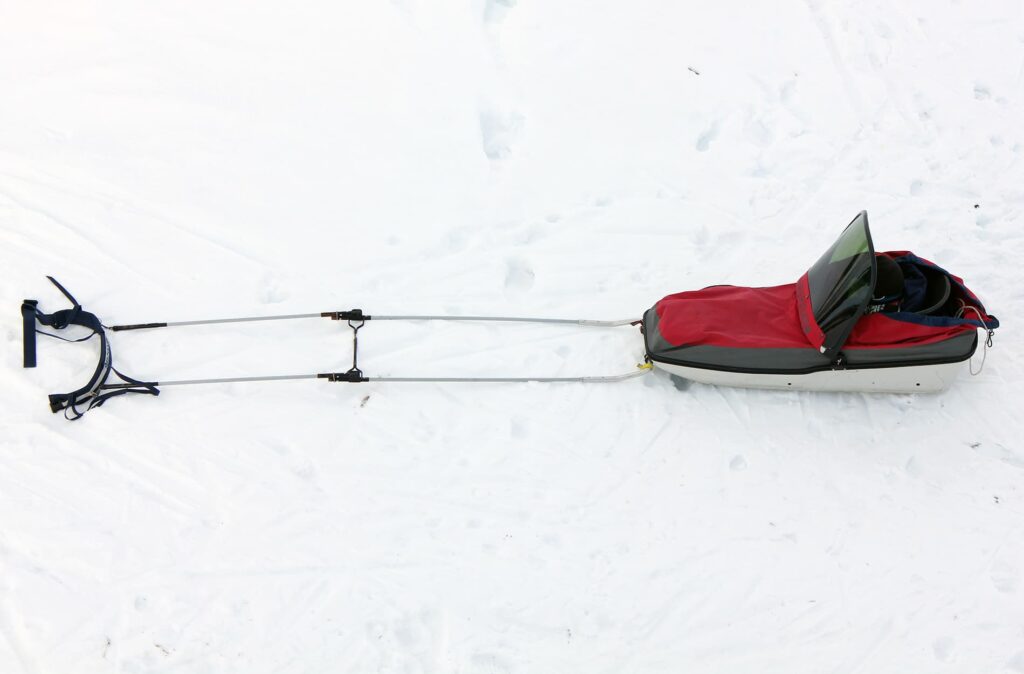
Activities like downhill sledding on snowy slopes are made possible by a smaller pulk. Although most pulks designed for children do not have fastenings, they may be useful for moving stuff on snowy terrain. However, fastenings may be required in areas with thick snow or on slopes. One alternative to the classic toy pulk includes disc-shaped “saucers.”
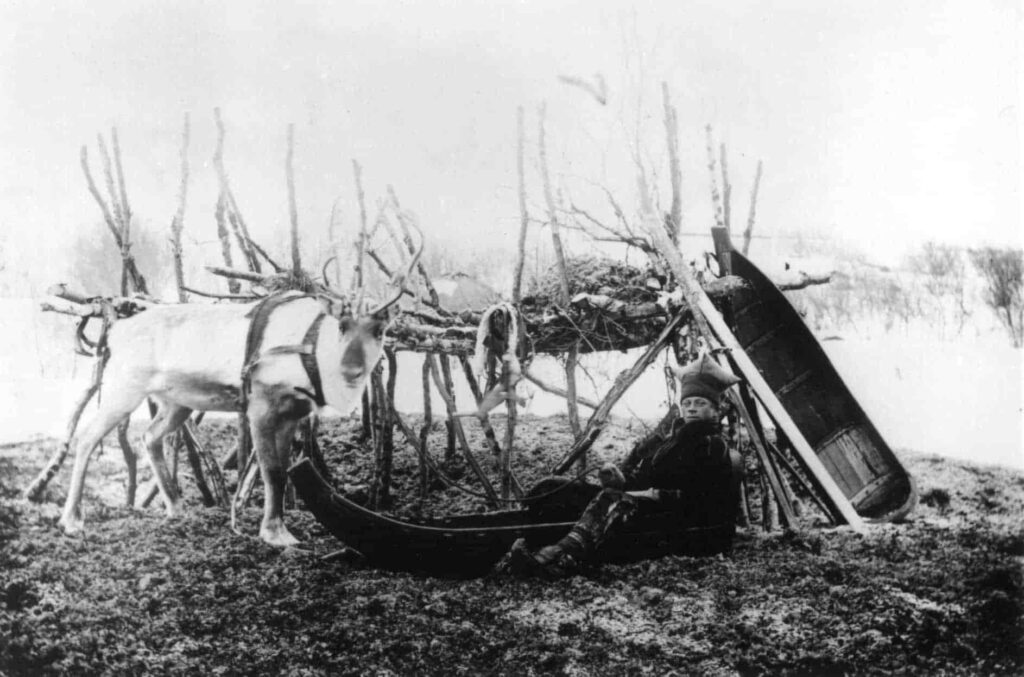
Pulk with Dogs: Skijoring
Dogs, horses, or even motorcycles pull pulks or are skijored in the Nordic form of dog sledding, which involves the musher skiing behind the dog. Although dog teams do participate in certain events, most pulk contests feature a single canine.
The limit for the weight of the pulk per dog is around 45 pounds, and the distance covered in this sport may be anywhere from 3 to 15 miles. This pastime activity is known as skijoring, which comes from the Norwegian word skikjøring, meaning “ski driving.” At the 1928 and 1932 Winter Olympics, pulk dog racing and skiing were both showcase events.


